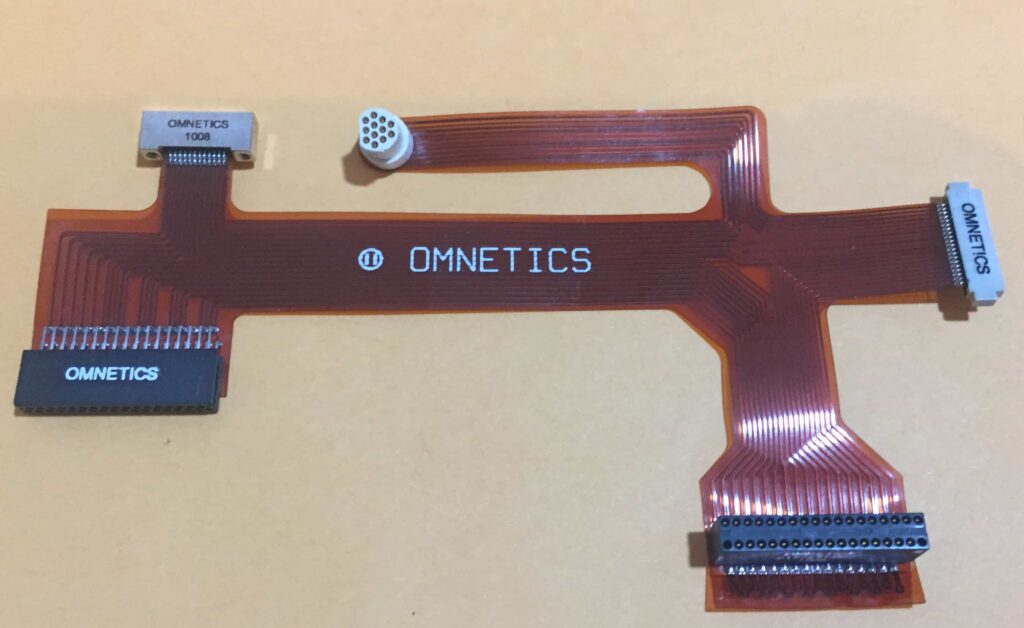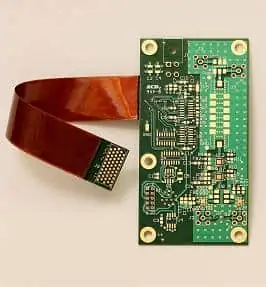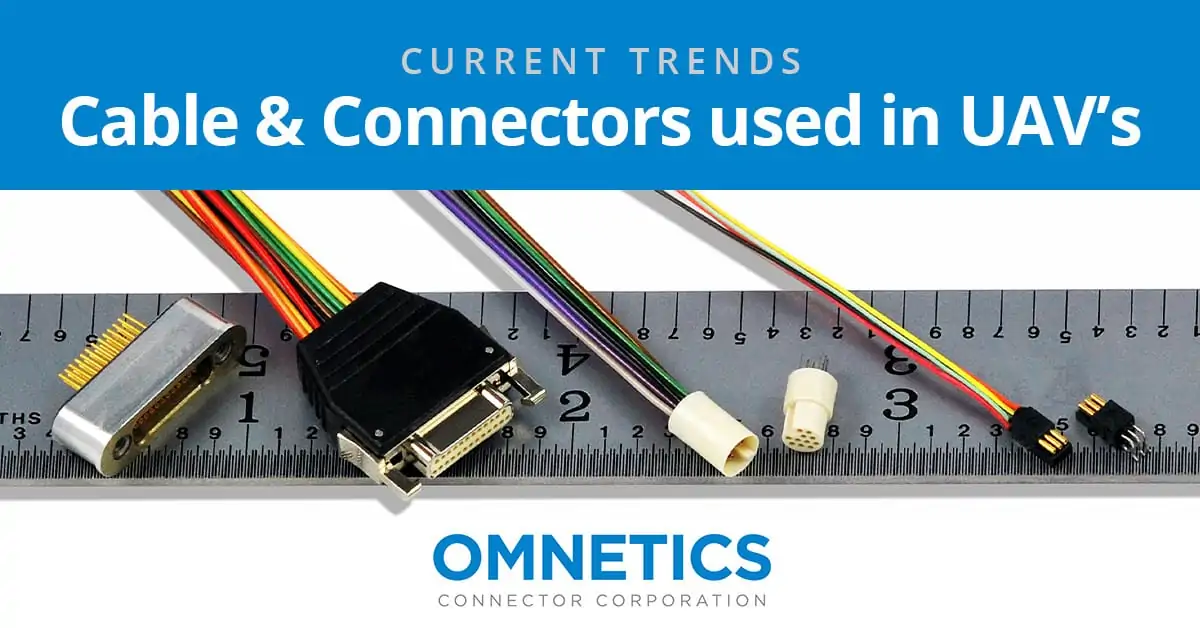
Travis Neumann, Special Project Manager at Omnetics Connector Corporation has authored the following article that outlines current trends in cable and connector solutions for UAVs.
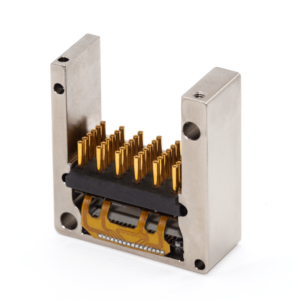 Often, when we’re building a new cable and connector solution, someone will ask “What’s that used for?”, or a similar question. While the end use may not be known, or perhaps what type of company will be putting it into service, Omnetics sees a wide range of connector and harness solutions for a variety of unmanned applications. An infinite number of potential solutions exist, and many, many, different options are found in UAV’s.
Often, when we’re building a new cable and connector solution, someone will ask “What’s that used for?”, or a similar question. While the end use may not be known, or perhaps what type of company will be putting it into service, Omnetics sees a wide range of connector and harness solutions for a variety of unmanned applications. An infinite number of potential solutions exist, and many, many, different options are found in UAV’s.
At Omnetics we have an advantage in terms of understanding what is being used in the industry. Often customers ask for solutions that may include standard and custom connectors. Additionally, customers are able to use connectors from other vendors for their solutions, provided its integrated with an Omnetics product.
Over the course of the past decade, there has been a significant amount of development, capabilities, sophistication, and expectations added to what once could be considered not much more than a remote control vehicle. In its infancy, a UAV would carry cameras for sending video transmissions back to the controller and video data was transmitted much like that used in television at the time – as an analog signal that would be sent and received on large antennas. In comparison, today digital signal technology is used much more widely in the industry. Cable and connector solutions have also shrunk proportional to the size, weight, and power reductions. What has not changed however, is the need for solutions to be rugged and reliable.
Connecting UAV modules
With the significant increase in computing power, tasks that may have been out of reach five or 10 years ago are now a reality.

Image courtesy of Gladiator Technologies
Modules such as IMU’s (Inertial Measurement Unit) are used to determine aircraft attitude and collaborate with GPS sensors as well as gyroscopes. What was once a very large size can now be found in packages the size of a watch. This is extremely exciting, as that IMU is integrated with the Gyroscope and GPS in real time to determine the crafts vector.
Circular, Micro-D and Nano-D connectors are commonly found on these types of modules.
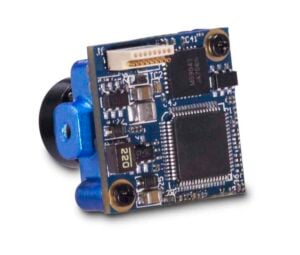 Vision located inside of a gimbal is also something found on UAV’s where the camera(s) are able to scan many different angles. Solutions here generally use small wire gauge, 30 AWG or greater, with flexibility being one of the most important attributes. Gimbals move quite frequently and engineers generally specify higher strand count wires, and jacket materials (such as silicone) for these solutions. Shielding is always a concern, and like the wire gauge, braids are used along with wraps a material like Teflon is used in-between to allow the layers to move somewhat independently of each other while maintaining shield coverage.
Vision located inside of a gimbal is also something found on UAV’s where the camera(s) are able to scan many different angles. Solutions here generally use small wire gauge, 30 AWG or greater, with flexibility being one of the most important attributes. Gimbals move quite frequently and engineers generally specify higher strand count wires, and jacket materials (such as silicone) for these solutions. Shielding is always a concern, and like the wire gauge, braids are used along with wraps a material like Teflon is used in-between to allow the layers to move somewhat independently of each other while maintaining shield coverage.
More stationary solutions like mounted LiDAR, ultrasonic sensors, or those used to detect presence of chemicals, may have requirements focused on environmental factors. Corrosion resistance is a common requirement and solutions lighter than stainless steel housings exist. New platings like Nickel PTFE or Duplex black nickel exist to replace platings like cadmium or zinc over nickel which can be considered hazardous materials or suffer from conductivity or adhesion challenges. These new platings can surpass the 500-hour mark for salt spray testing while maintaining conductivity. That means the pressure sensors located on the wing remain in service for a long time.
Types of connectors
Types of connectors found is another interesting point. As mentioned earlier, circular, Micro-D and Nano-D connectors are commonly found inside of UAV’s. Recently we have seen an increase in the number of hybrid connectors used. Designers want to maintain a small footprint or low weight and only add size when it’s necessary to provide adequate power to the device(s). While this generally means it’s a custom connector, the size and weight savings over a larger form factor is a better, more cost effective, solution overall.
Cable and connector materials
Materials used in UAV cable and connectors have evolved as well. New plating options allow lightweight connectors to be conductive and provide corrosion resistance without adding weight. Less power required to operate the modules also means smaller gauge wire can be used, and the savings in size and weight can enhance performance.
Connection methods have adjusted to support this size and weight reduction also. Board to board or stackable connectors can eliminate the need for short harness assemblies to connect each board, and the use of flex circuits has become more common as well.
Flat traces are better at moving high-speed signals and the small lightweight form factor of a flex circuit is a good option where space is at a premium. Many small package cameras and sensors that have a large amount of data to transmit utilize flex and edge type connections.
Protecting the interconnect solution has always been a priority. Abrasion resistance and EMI shielding are two of the more critical areas of protection in UAV’s. Lightweight strands of tough non-conductive material like Kevlar are now plated to provide superior abrasion resistance in addition to providing EMI shielding. PTFE wraps or similar tubing are used in or outside of cable harnesses that allow movement without wear while maintaining flexibility.
Wire and contacts have also changed. While plated copper is very much the workhorse solution for carrying power and signal, we are seeing shifts in the materials used such as plated Titanium wire. While titanium doesn’t offer the same conductivity as copper, high-speed signals perform similarly due to skin effect and how signals transmit. This type of wire can then be used in a different way, or for a different environment where corrosion or temperature could create a risk if used with traditional copper.
Contacts are now more than the usual gold plating. Platings like ruthenium and niobium for wear resistance or corrosion resistance are coming online in special cases. Material changes can be a great option for applications with high mating cycle count or even submerged connectivity can be had when designers are open to exploring new materials and finishes.
With all the system integration and options available for UAV’s the sky may not even be the limit in terms of solutions. Reaching out to a cable and connector company to design, develop, and deliver a solution custom fit to the application is what allows Omnetics to span a wide range of applications from oil and gas to space. Knowledge gained from operating in these harsh environments is an advantage when creating small, rugged solutions, such as those found in UAV’s.
Omnetics develop connectors, mountings and terminators which surpass mission-critical requirements of Unmanned Aerial Systems (UAS). Lightweight, compact, and durable they succeed in the harsh aerospace, robotics, aviation and defense environments and are amongst the smallest high-reliability connectors in the world.
Contact Omnetics to learn more about their cable and connector solutions.





